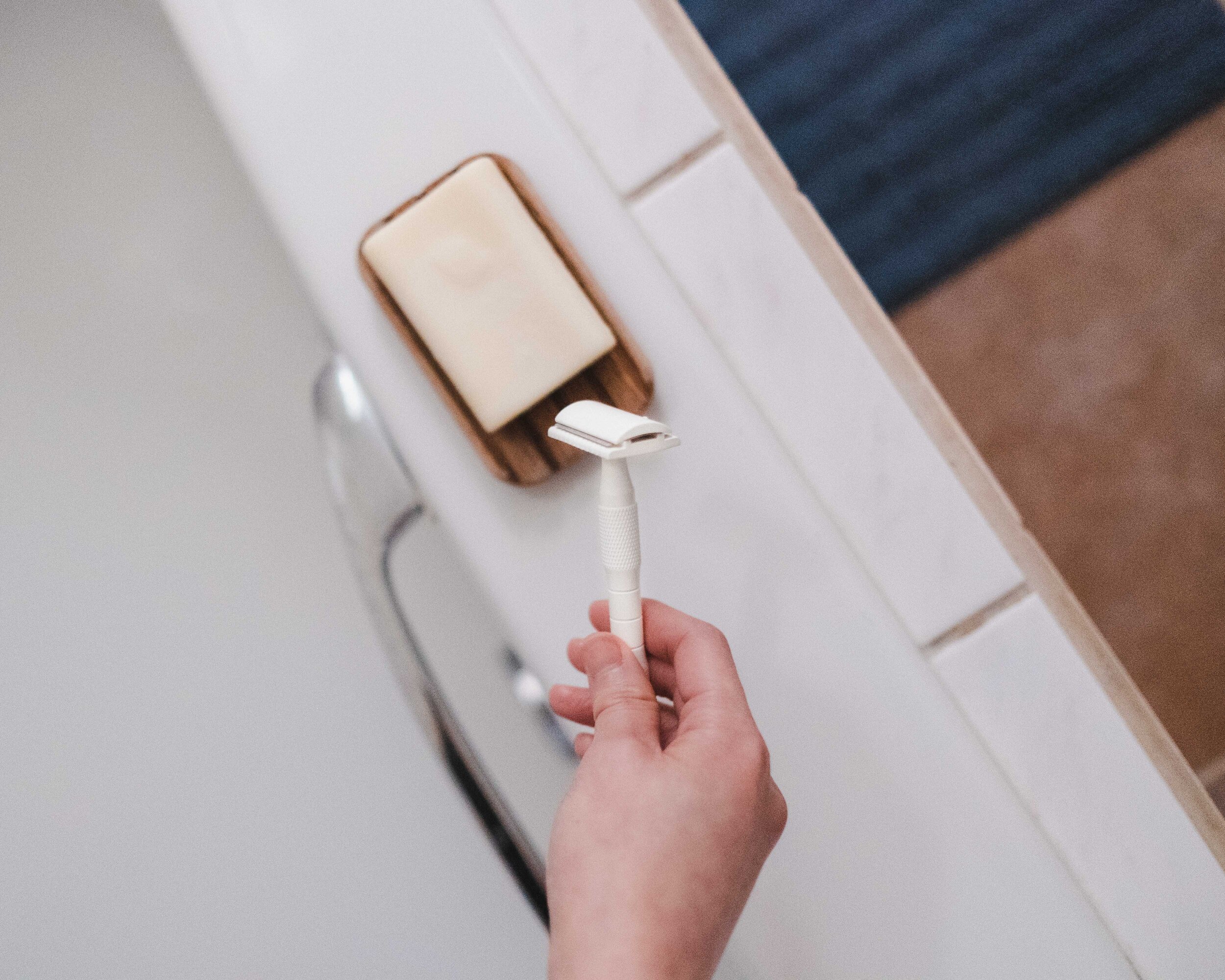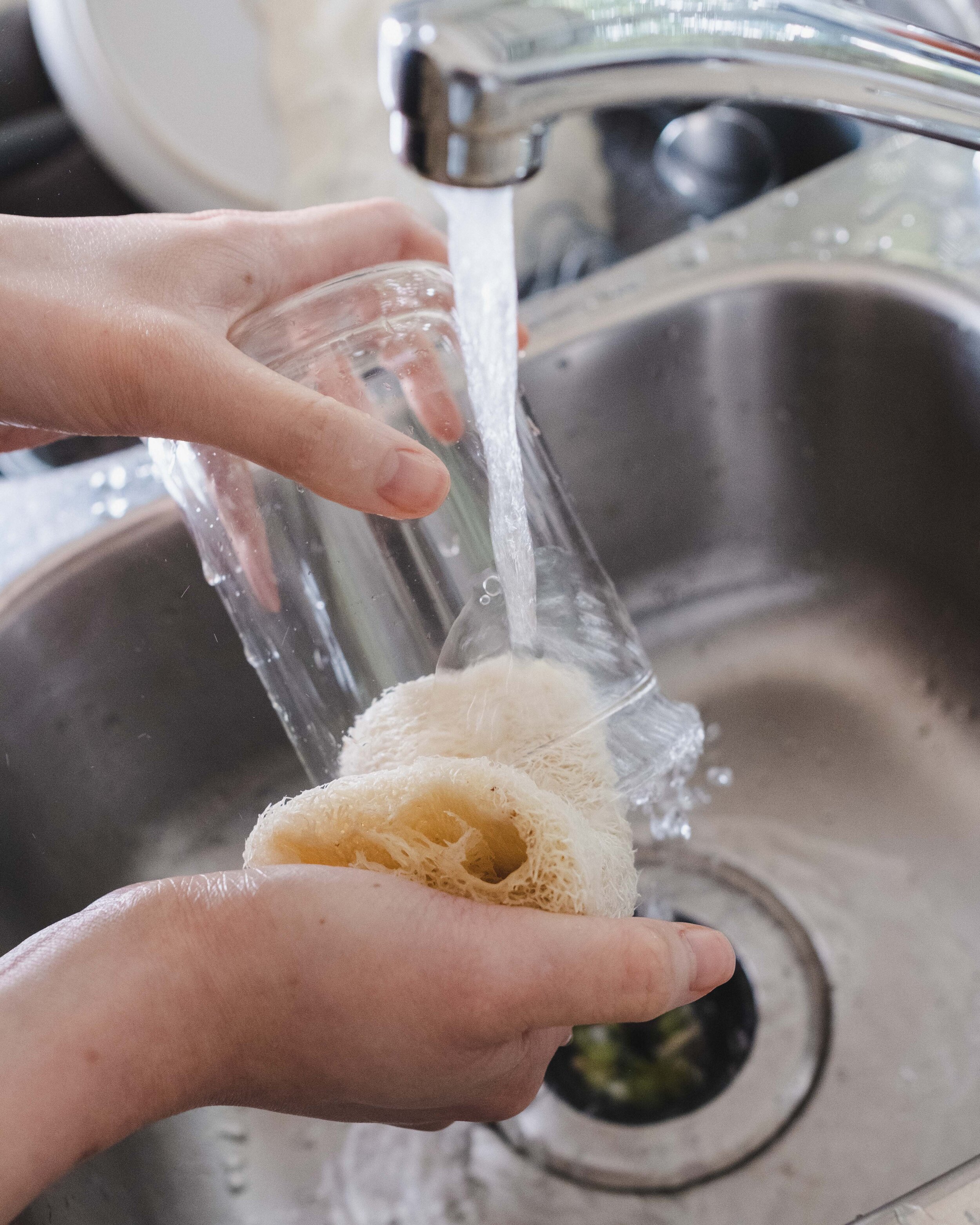Earth Week Tips: Sustainability While Social Distancing
Part III: Sustainability At Home
Originally this last post was going to be about sustainability while on-the-go, but while we’re all staying in, I thought it’d be best to pivot a bit and write about ways to celebrate Earth Week from the comfort of our homes while still being sustainable.
Get Comfy!
Whether you’re working from home or just staying in like me, let’s tackle these days in our best and favourite comfies. Whatever that might look like for you, here are some of my favourite sustainable brands for comfy, loungewear outfits.
PACT for comfy organic cotton bedding and loungewear
My picks: Room Service Duvet Cover and Sham, Sleep Set
Encircled for pyjama-like, video call appropriate clothing:
My picks: The Dressy Sweatpant
Frank & Oak for my favourite sweatshirt (I loved it so much, I got one for my mom and sister too!)
My picks: Good Cotton Gym Crewneck
Kotn for more work-appropriate and lounge-appropriate comfy clothing
My picks: Fitted Turtleneck, Puff Sleeve Sweatshirt
And hey, if you don’t want to wear loungewear and want to get dressed up each day, you go ahead and do that! I did a fun fashion challenge last week that got me into my regular clothes again and having fun with some of my favourite outfits.
Here’s a recent video I made sharing 5 Work From Home Outfits!
Get Moving!
It’s important during this time to keep our bodies active and also if you can, go outside and enjoy the weather and beautiful nature in your own backyard.
If you’re looking for sustainable activewear, I’ve written a whole review showcasing a few different sustainable brands in this post.
Declutter!
If you’ve been following me on Instagram or on YouTube, you probably know how much decluttering and reorganizing I’ve done around the house as a result of being at home. This is a great time to go through your things and evaluate what kind of things are lying around your home. If this seems like a daunting task, don’t tackle it all at once, maybe just declutter a drawer a day. Remember when you’re decluttering, to declutter sustainably! This could be an entire post on its own, but simply remember these 2 things:
If an item can still be used, try to find a second home for it or repurpose it
If an item is at the end of its life, dispose of, recycle it, or compost it properly
Reorganize!
Once you’ve decluttered, reorganizing things is a fun, sustainable way to give your space a whole new feel without spending a dime. Re-jig your furniture to update your space, reorganize a drawer or cabinet to make things easier to find or more aesthetically pleasing, or simply find a new organization system so your things all have a home.
Unplug!
While we’re at home, there’s probably a lot of devices being used. A little tip is to unplug your devices when you’re done with them at the end of the day or if they’re on a charging cord, simply switch that off to save energy. Constantly being on our devices can also be extremely exhausting, so try to find time to mentally “unplug”. Read a book, journal, enjoy a moment of stillness. Whatever it is, enjoy and treasure the time we have now to slow down.
Try something new!
Since we’re staying at home, this is a great time to try something new. Whether that be a new hobby, or taking an online course you’ve always wanted to tackle, or implementing a new personal habit. I personally think it’s the perfect time to tackle a new sustainable habit!
Here are a few sustainable habits you can try today!
Try not washing your hair! — I mean you’re at home, now is the perfect time to try this!
Try a menstrual cup! — Staying in is the perfect time to give menstrual cups a go!
Try to eat less meat! — Now is a great time to get creative with your cooking and test out some new veggie recipes to cut down on meat consumption
Try some at-home DIY projects — My personal favs are DIY body butter, DIY all-purpose cleaner, DIY cotton rounds)
This post is not sponsored but may contain some gifted items and affiliate links. If you decide to shop through the links above, I may make a small commission that helps support this blog and my Instagram. I only share products and brands I love and support. All opinions are my own. Thank you for supporting Candice Tay!














